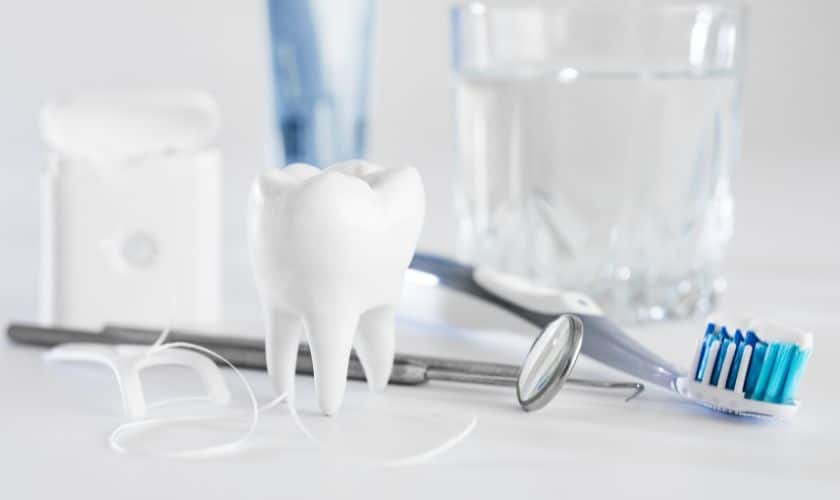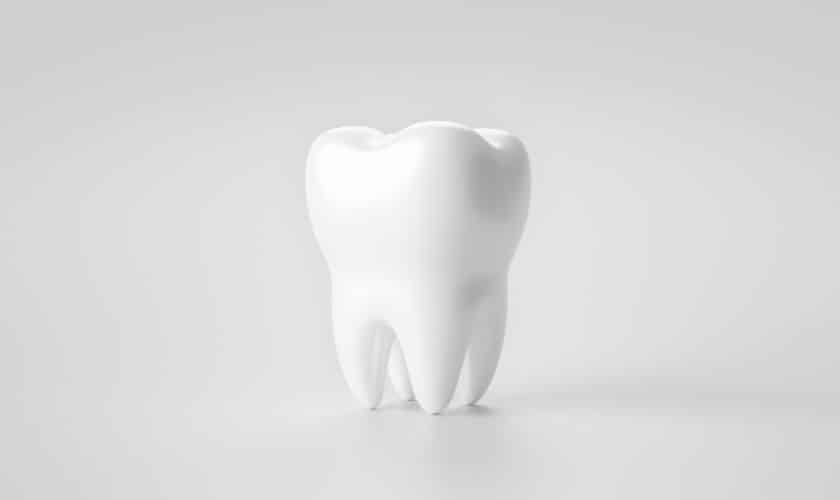Visit 7 North Dental Today Or Call: 602-230-0811
5 Ways to Floss like a Pro

Flossing is a crucial part of any oral care routine. You might be surprised to hear that just 30% of Americans report flossing regularly. While brushing is necessary for maintaining the health of your mouth and teeth, flossing is even more crucial because brushing only covers around 60% of the surface of your teeth. It would help if you adopted the technique to guarantee that you have reached every possible hiding spot for the plaque. Discover five professional flossing techniques by reading on to determine if you’re flossing correctly.
- Select the Proper Floss for Your Requirements
Floss comes in numerous varieties to suit a variety of demands. Selecting floss with a wax coating helps keep floss from tearing when cleaning around gadgets like built-in retainers or braces. If you’re starting, gentler floss that is thicker and composed of spongy material is also a great choice since it helps ease the pressure on your gums until they are healthier and less sensitive.
- Make Sure to Use Enough Floss
The proper length of floss to use is 14–18 inches. Even though it can seem like a lot, it’s crucial to use a fresh segment of floss for every tooth when you floss to prevent the plaque you’re attempting to remove.
- Hold it Correctly
After lightly wrapping the floss over your middle fingers on each hand, insert the floss into the crevices between each tooth using your thumbs and index fingers. To provide optimal control, approximately 2 inches of tightly stretched floss should be between your index fingers.
- Floss Under the Gumline
Making sure the floss is guided beneath the gumline of both teeth on either side of the area you are flossing is another crucial step in flossing like a pro. Plaque frequently hides in this region, where it can eventually solidify into tarter or form cavities.
- Use Special Flossing Tools
Additionally, your dentist may suggest a few flossing equipment, such as interdental brushes and dental picks, which you can often get at your neighborhood pharmacy or drugstore.
Sometimes, they can be simpler to use or be utilized to reach areas difficult to reach with standard floss, such as the spaces between braces and integrated retainers or the areas surrounding implants and bridges. It is usually preferable to use various instruments for the various sections of your mouth because it might be challenging to reach all the angles that conventional floss can.
Read Also: What to Do if You Have an Abscess?
Similar to floss, a water irrigation instrument shoots a pressured stream of water into places of your teeth that brushing cannot reach to remove plaque and other debris. If you have arthritis or other conditions that impair your grip or dexterity and make it challenging to grasp floss and other small instruments, it might be a terrific purchase. Additionally, it could be kinder on your gums if you’re still getting acclimated to flossing. Selecting the appropriate equipment might be the difference between flossing like you always do and learning to floss like an expert.
Daily Practice is Key
Following these regular flossing tips, you may become an expert flosser in no time at all. Making an appointment with your dentist will also allow you to ask questions, receive recommendations for the floss and tools that work best for you, and see them floss your teeth correctly.
Please make an appointment with a dentist by calling our office to learn more about this subject and to improve your dental health.



